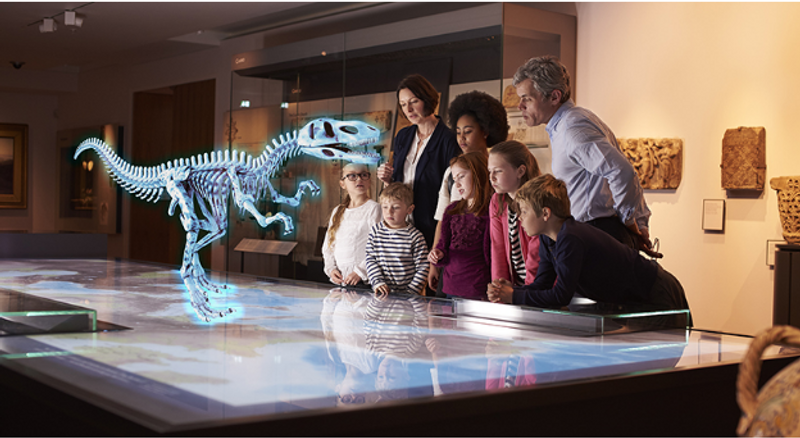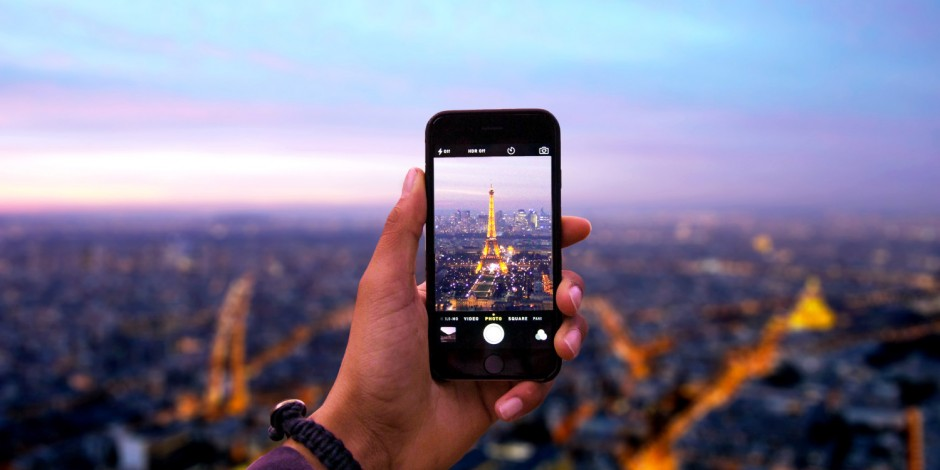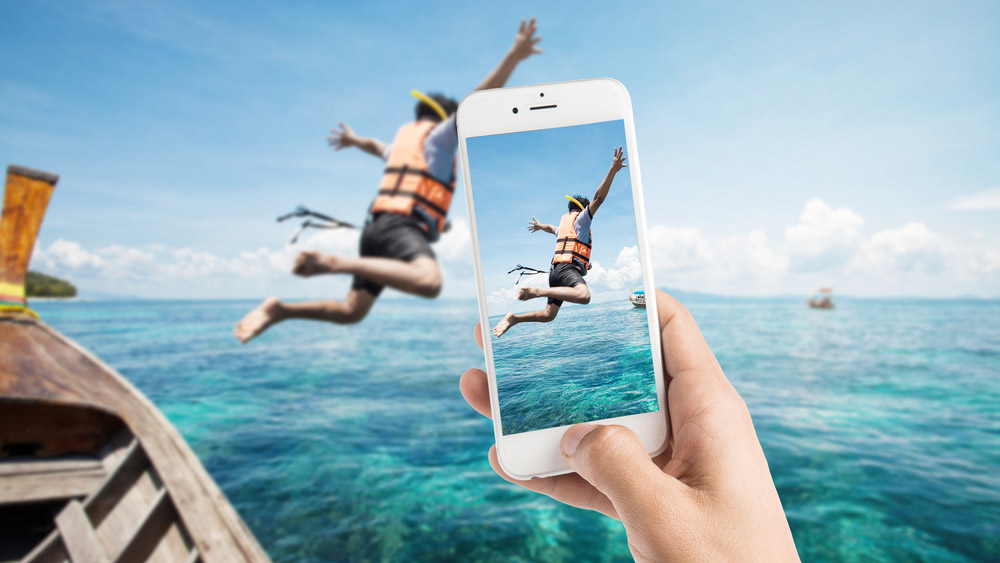How Augmented Reality In Museums Caters to the Edutainment of Millennials
Angela Hassassian
Feb 24, 2018 - 7 min read

One might wonder why Augmented Reality is becoming so popular among museums, especially when audio guides and personal guides are so readily available at museums and the information on the internet is quite accessible from home or schools. In fact, some might even argue that Augmented and Virtual Reality might take away the relevance of museums altogether. I mean, why go to a museum if you could visit it virtually? But does VR and AR really have the ability to replace physical museums? Will this technology be a threat, or does it actually open up museums to more opportunities? My guess is the latter, and here’s why.
It may not come as a surprise to learn that museums face a very serious issue of increasing and maintaining their visitor numbers. This is even more true when it comes to attracting members of the younger generation. Living in a world of instant gratification, non-stop entertainment and engagement via technology makes it really difficult for any kind of business, including museums, to grab and keep the attention of people. The truth is, while some people go to museums to look at paintings or artifacts, the majority of us are mostly interested in the stories behind them. As with anything relating to good storytelling, VR and AR prove to be the most engaging mediums, offering us memorable experiences with long-lasting impressions.
What is Edutainment
Museums are beginning to see the potential of VR and AR when it comes to solving their issue of engaging their audiences. The integration of technology in museum experiences is not entirely new. Museums have been taking advantage of technology as it comes, whether it’s including videos in different halls, or including audio guides in exhibits, museums have been trying to keep up with the times and the interests of people. Some museums are trying hard in keeping up with the newest trends and making their storytelling even more interactive. This blend between entertainment and education has been aptly called edutainment.
We can all imagine how edutainment can have its perks, making learning something new more enjoyable and exciting, but do you know how AR or VR technology can fit into this equation? I am going to cover some case examples of how AR technology is being used by different museums, and hopefully, we can then imagine further uses of technology in the edutainment sector. If you are hearing about AR for the first time, it’s basically when an app allows you to see the real world while overlaying virtual objects, characters and information on top of it.
Why Augmented Reality?
AR technology can easily be used as a useful tool for conveying valuable information to museum visitors in an interactive way. A museum is, after all, a collection of interesting objects that are attached to interesting narratives. With the help of AR, these narratives can include enriching visuals and stories that help us get deeper into the meaning of what we are trying to learn about. AR simply brings a museum exhibit to life. It takes a static object and combines it with different audio/visual content, extra information and a sense of novelty, creating a totally different kind of experience.
Usually, all it takes is a smartphone and a well developed AR application, and you’ll be able to wake real-life objects up on your phone. This technology is particularly important if you are trying to approach millennials. This target audience is not as likely to visit museums as their older counterparts. While the storytelling and cultural aspects are still very relevant for them, the experience that museums tend to offer doesn’t usually cater to their tastes.
According to a study conducted by the Center for the Future of Museums, millennials really emphasize interactivity, immersiveness and participatory activities as things they hope to see in museums. They seek something more stimulating than a simple visual connection with inanimate objects. Like it or not, technology has become deeply ingrained into people’s daily lives, so it’s up to museums to try to keep up with the times. But what does it take to make a really good AR experience? Well, like everything else in life, less is more. It needs to be engaging, it needs to be easy to use and intuitive, and it needs to keep the connection between the real world and the digital. In short, it needs to enhance the storytelling content, and the environment should complement the story not take away from it.
National Museum of Singapore
For our first example, I’d like to tell you about the National Museum of Singapore. Here there is a special exhibit called Story of the Forest, which is basically a giant mural of 69 drawings from The William Farquhar Collection of Natural History Drawings of various flora and fauna. With the same kind of principle as Pokémon Go, visitors use an app on their smartphones to try to catch different plants and animals inside of the drawings. Once you’ve taken a picture of the animal, and you add it to your collection, a different part of the app opens which gives you more information about that plant or animal. This proves to be a more interactive process for learning about the animal, including its habitat or diet.
Smithsonian National Museum of Natural History
Another popular and successful example comes from the Smithsonian National Museum of Natural History Bone Hall exhibit. It is one of the oldest exhibits which originally opened way back in 1881. Keeping up to date with the times, they created the well-received Skin & Bones AR app which once again, helps to bring the skeletons on display to life. Not only do you get to see what the animals looked like “in the flesh,” but you also get to learn more about the lives of the animals.
British Museum
Yet another museum to take on the advantages of augmented reality is the British Museum. They focused on children and tried to create an experience they were unlikely to forget. Using AR technology, the custom app created a story puzzle, essentially a game called A Gift for Athena, which rewards the visitor for finding certain statues from their outlines by telling them some interesting facts and about the exhibit and leading them to the next level of the game. Aside from enriching the learning experience, adding this technology to their museum also holds great significance for the Tourism Industry. AR tourism and AR travel is being very much embraced in the UK, but that is an article for another time.
The Franklin Institute
Another noteworthy example and an AR hit can be found at The Franklin Institute’s Terracotta Army exhibit. The AR exhibition there allows you to take a look at rendered artifacts, weapons and sculptures, and bring them to life on your mobile screen. Using AR you can try to uncover the mystery of the Terracotta Army, discover the archaeology, history and decay of the items found at the burial complex of China’s First Emperor Qin Shihuangdi.
These are only a few examples of the many and growing cases of AR being used in museums worldwide! It won’t take long for AR experiences to become commonplace in museums everywhere. This is not only a great show of progress in the edutainment sector but also in the tourism sector. AR and VR have proven to be worthy compliments for conveying facts, interesting pieces of information and most importantly for storytelling. Informative stories can be found in some of the most unlikely places, which is why 360Stories has decided not only to capture the stories found in different cities but also at the museums located in them. This sector will surely thrive by keeping up with the technological trends of our time.


